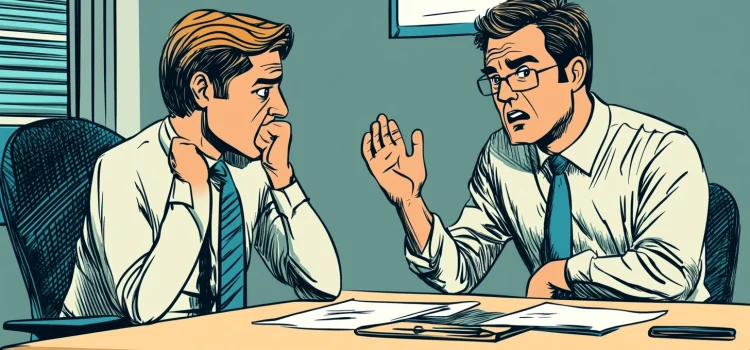

This article is an excerpt from the Shortform book guide to "Excellence Wins" by Horst Schulze. Shortform has the world's best summaries and analyses of books you should be reading.
Like this article? Sign up for a free trial here.
How do you handle customer complaints? What’s the upside of receiving complaints?
Complaints could mean there’s something wrong with your product or service, but it’s also an opportunity to learn and grow. By handling customer complaints, you can show that you’re willing to change to help solve their problem.
Check out how to deal with customer complaints without dismissing them.
Earn Trust by Handling Complaints Well
Schulze views customer complaints as opportunities to build loyalty and trust. After you successfully learn how to deal with customer complaints, you can transform a customer’s negative experience into a positive one. This can result in stronger customer loyalty than if the problem had never occurred.
(Shortform note: Some research supports Schulze’s assertion that resolving a customer’s complaint can make them more loyal than if their experience was flawless—at least in the hotel business. Researchers at Marriott found that when their guests had no issues with their stay, 89% said they would return to Marriott. When guests had issues that the hotel fixed, 94% said they would return.)
Schulze says that when a customer has a complaint about your product or service, what they want more than anything else is to see that your company cares about the problems they’re facing. Employees should actively listen to the customer’s complaint and validate their emotions. Conversely, they should avoid using dismissive body language, speaking in an unsympathetic tone of voice, or downplaying the issue.
(Shortform note: In Rework, Jason Fried and David Heinemeier Hansson elaborate on how to offer customers a genuine apology when your service is flawed. Don’t be overly formal when apologizing—say “I’m sorry” rather than something like “I apologize for any inconvenience this may have caused you.” An overly formal tone makes it sound like your apology is an obligation and you don’t really care about their problem. Additionally, the word “may” implies that you doubt that there really was an inconvenience, and customers may interpret it as you invalidating their problem and feelings.)
On a broader scale, Schulze notes that employees should analyze customer problems to uncover their true, often multi-layered root causes—even if the initial cause seems obvious on the surface. For example, imagine a restaurant customer complains that their food took too long to arrive. Instead of just blaming the cooks for taking too long, employees should investigate deeper—was it an issue with the kitchen being understaffed or undertrained? Or, perhaps the kitchen is organized in a suboptimal way, forcing the cooks to spend time moving from station to station?
(Shortform note: In Upstream, Dan Heath explains that many workers fail to resolve the root causes of their problems because immediate, shallow solutions are more tangible. They pay off immediately, as opposed to an investigation into root causes that might uncover more ambiguous causes that are more difficult or time-consuming to resolve. Additionally, when problems exist for long enough, workers typically get used to the situation and forget that they can try to fix it.)

———End of Preview———
Like what you just read? Read the rest of the world's best book summary and analysis of Horst Schulze's "Excellence Wins" at Shortform.
Here's what you'll find in our full Excellence Wins summary:
- Why you should focus on retaining loyal customers
- The risks of cutting costs in the wrong places
- How to delight customers by anticipating their needs






